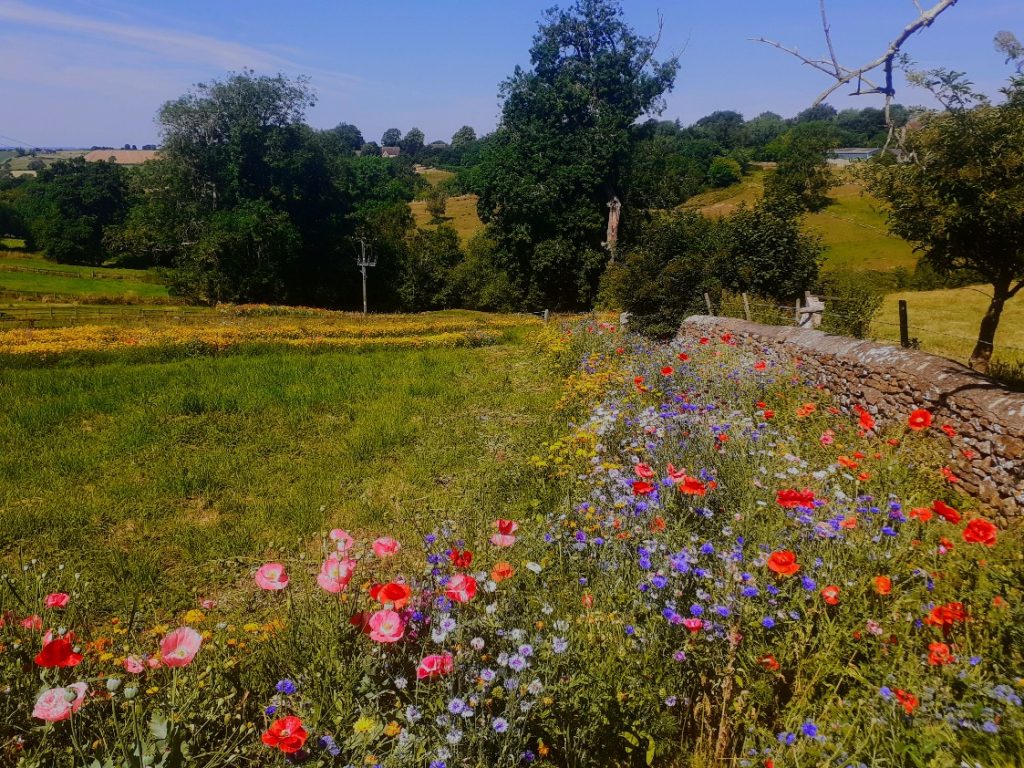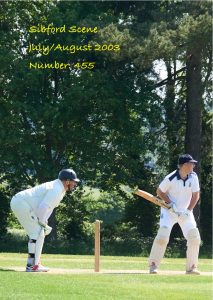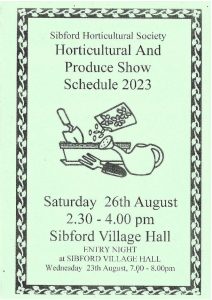Did you know? - The Manor

The July photograph in the Village Calendar was taken by Petra Berry and features the attractive wild flowers at the field margin adjacent to the stone wall that separates the lower garden of the first house in Walford Road and the Sib Valley. The homes in Walford Road were part of the extensive development when Sibford School sold the whole Sibford Manor Site to Swan Hill Development company in 2001. Extensive piling work was undertaken to stabilise the site and the Manor was converted into apartments and new houses were built providing a total of 22 new homes. The steeply sloping land below the new houses has been divided into paddocks which have to remain uncultivated to retain the conserved Sib Valley but the wild flowers provide a welcome and natural rural aspect.
Leslie Baily wrote about the history of the Sibford Ferris Manor:-
‘The Knights Templars acquired the whole of the Ferris manorial estate in the 12th century. They farmed it for 200 years, their first manor house was probably of part-timber construction, and the chances are that before the Norman invasion there was a Saxon moot hall on or about this site. Once established on the most satisfactory site, the largest and most important house in the village – the manor house where the agricultural community was administered and where the manorial court was held–was likely to stay more or less on the same site, pulled down and rebuilt in stone during successive centuries. The building was well sited for springs, its surrounding reddish-brown soil was highly productive, and the house lies just below the adjoining hilltops, giving shelter in wintertime. There is evidence of a fish-pond a hundred yards away, along the side of the stream in the valley immediately below the Manor house.’
Squire Thomas Walford purchased the Manor in 1657. The house remained in the Walford family until 1800. During the 18th century they had become wealthy farmers and landowners and had the building restyled in the Queen Ann fashion, which was very much in vogue with the aristocracy. The front and sides were clad in local cut stone much as we see it today. Ownership then passed through several hands until Thomas Harris sold it in 1842 to the Society of Friends for ‘the purposes of having a school’. It had barns and a farmyard to the rear of the house. The buildings were altered and extended to accommodate school life until the building of a new school on the Hill Site afforded additional facilities in the 1930’s. The redundant Manor site was sold for development in 2001.
Maureen Hicks

